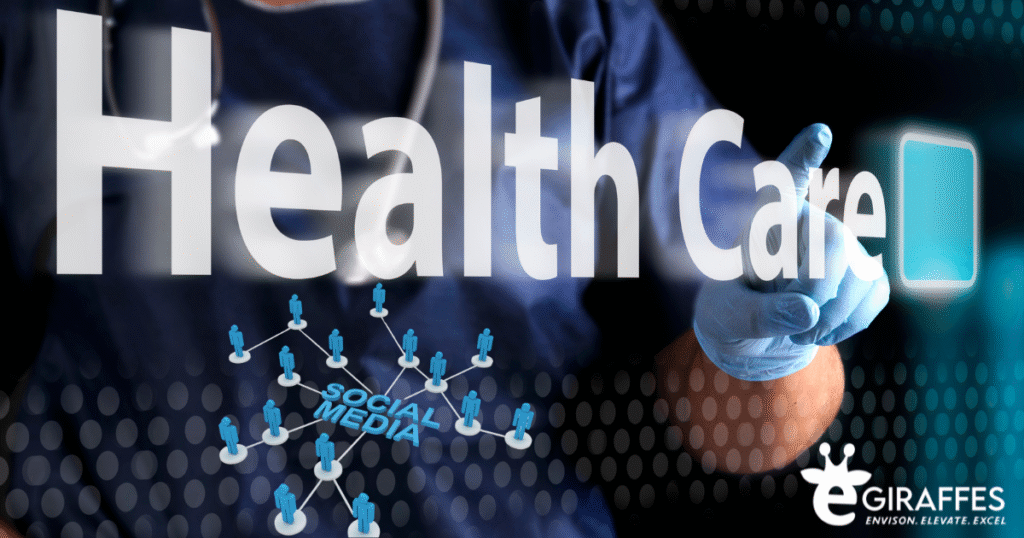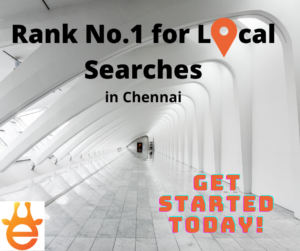Top 10 Strategies for Effective Healthcare Social Media Marketing in 2025

In a time where nearly everything has a digital footprint, healthcare marketing has also undergone a significant transformation. Gone are the days when brochures, newspaper ads, and television spots were the go-to tools for clinics and hospitals. Now, social media platforms have emerged as powerful channels for connecting with current and potential patients. But does that mean traditional marketing no longer matters? Not quite.
This article breaks down the key differences between traditional and Healthcare social media marketing in the healthcare industry, highlights the strengths and weaknesses of both, and explores what strategies are most effective in 2025.
Defining the Two Marketing Approaches
Traditional Healthcare Marketing
Traditional marketing includes well-established methods such as:
- Television and radio advertisements
- Newspaper and magazine ads
- Flyers and brochures
- Billboards and outdoor hoardings
- Direct mail campaigns
- Event sponsorships and health camps
These approaches are broad, typically one-way in communication, and often target mass audiences without customization.
Healthcare Social Media Marketing
In contrast, Healthcare social media marketing involves using digital platforms to build real-time, two-way relationships with audiences. These platforms include:
- Instagram
- Facebook
- LinkedIn
- YouTube
- Twitter (X)
- WhatsApp
Social media allows healthcare providers to target specific demographics, share educational content, respond to inquiries, and build brand loyalty—all in real time.
Key Differences Between Traditional and Social Media Marketing
| Aspect | Traditional Marketing | Social Media Marketing |
| Reach | Broad, untargeted | Niche, audience-specific |
| Cost | Generally high | Cost-effective, scalable |
| Communication | One-way | Two-way, interactive |
| Analytics | Limited or delayed | Real-time insights |
| Flexibility | Static, hard to edit | Dynamic, easy to update |
| Trust-building | Indirect | Direct via testimonials, reviews |
Why Healthcare Social Media Marketing Dominates in 2025
1. Patients Rely on Online Platforms for Health Information
Today’s patients are more informed than ever. A majority research their symptoms, check doctor reviews, and explore treatment options online before making appointments. Social media platforms have become the first place where they come across:
- Feedback from previous patients
- Clinic photos or virtual tours
- Informational videos about procedures
- Tips on disease prevention or health management
Traditional ads can’t offer this level of searchability or depth of information.
2. Real-Time Engagement Fosters Trust
Patients value transparency, and platforms like Instagram and Facebook help deliver it. Clinics and healthcare professionals can:
- Share updates about their practice
- Break down medical procedures in easy-to-understand language
- Post before-and-after treatment visuals (especially relevant in aesthetic or dental care)
- Respond quickly to comments or messages
This ongoing interaction builds credibility and humanizes the healthcare provider, making patients feel more connected and confident.
3. Cost-Efficiency with Measurable Results
Print ads, TV commercials, and hoardings are expensive and limited by geography. Social media campaigns, on the other hand, are more affordable and offer better targeting. For example:
- A ₹5,000 ad on Facebook or Instagram can reach thousands based on specific demographics or interests.
- Campaign performance can be measured using real-time data: views, clicks, engagement, and conversions.
This makes optimizing and justifying marketing spend far easier compared to traditional options.
4. Authenticity Through User-Generated Content
Patient reviews, testimonials, and user-shared content on social platforms add a layer of authenticity that paid ads can’t replicate. When potential patients see real people sharing their healthcare journeys, they are more likely to trust the clinic or doctor.
Traditional formats, while professionally produced, lack this organic peer validation that many now see as more credible.
When Traditional Marketing Still Makes Sense
Although Healthcare social media marketing is leading the charge, traditional methods haven’t become irrelevant—especially in specific situations:
1. Reaching Older Demographics
A significant portion of the older population still prefers traditional media sources like:
- Television health programs
- Local newspapers
- Physical brochures or posters at local establishments
Marketing to these audiences still requires traditional outreach.
2. Establishing Local Presence
If a clinic is newly opened or targeting a hyperlocal area, physical advertisements—billboards, newspaper inserts, banners—can build brand visibility and community familiarity quickly.
3. Community Engagement Through Events
Health camps, school wellness initiatives, and public fitness programs offer in-person interaction. These events not only demonstrate care beyond the clinic but also establish real-world trust that supports digital efforts.
Best of Both Worlds: Embracing an Omnichannel Strategy
Leading healthcare brands are blending both marketing styles to cover more ground and engage patients more effectively. Here’s how to do it:
- Pair offline and online: Include a QR code in your newspaper ad that leads readers to your clinic’s Instagram profile or YouTube video.
- Promote real-world events digitally: Host a health camp, then share highlights on Facebook or go live during the event.
- Cross-channel follow-up: Mention your WhatsApp number or social handles in a radio or TV ad to guide patients into your digital funnel.
- Repurpose offline content: Collect written testimonials from patients during visits and turn them into digital posts or stories.
This strategy ensures you’re not missing out on either tech-savvy patients or those who prefer conventional media.
Top Priorities for Healthcare Marketing in 2025
A modern healthcare marketing plan should be “digital-first” but not “digital-only.” To succeed, keep these essentials in mind:
- Maintain Consistent Branding
Your logo, messaging tone, and color scheme should be uniform across all platforms, from business cards to Instagram stories. - Educate, Don’t Just Promote
People turn to social media for useful insights. Provide value by sharing health tips, answering common questions, or explaining procedures clearly. - Use Engaging Visuals
Photos, videos, reels, and stories outperform static text or generic images. Content that visually demonstrates results or experiences earns higher engagement. - Stay Engaged With Followers
Don’t just post and log off. Respond to questions, thank reviewers, and engage in conversations to build relationships. - Analyze and Adapt
Monitor your performance metrics monthly. Learn what works and refine your strategy—this keeps your content relevant and effective.
Final Thoughts: Social Media Leads the Way
Traditional marketing methods still have their place, especially when targeting older demographics or building local brand awareness. But in 2025, the most efficient, scalable, and interactive method for healthcare marketing is undoubtedly social media.
It allows for real-time communication, targeted outreach, measurable performance, and trust-building through authentic content. Healthcare providers looking to grow their practice, build their reputation, or educate their audience can no longer afford to overlook the power of digital platforms.
The future is digital-first—but the smartest approach blends both traditional and digital strategies for maximum reach and impact.



